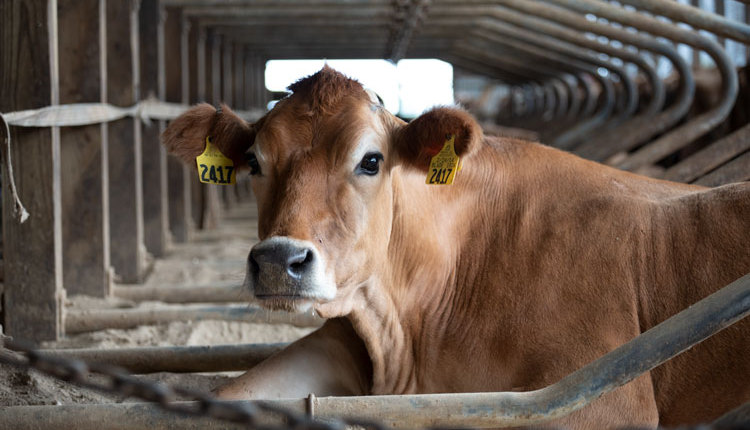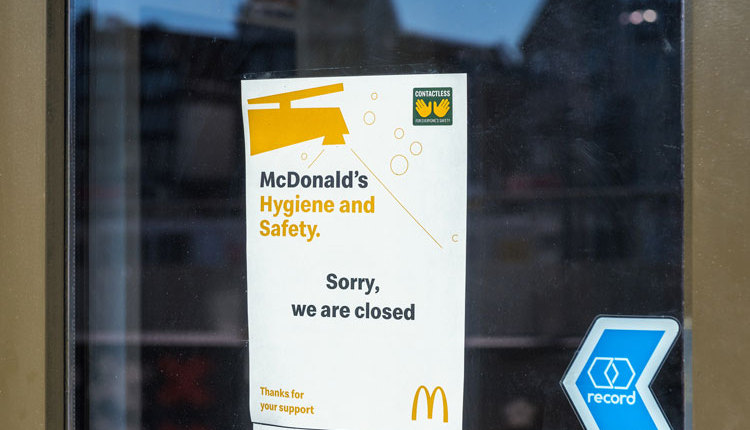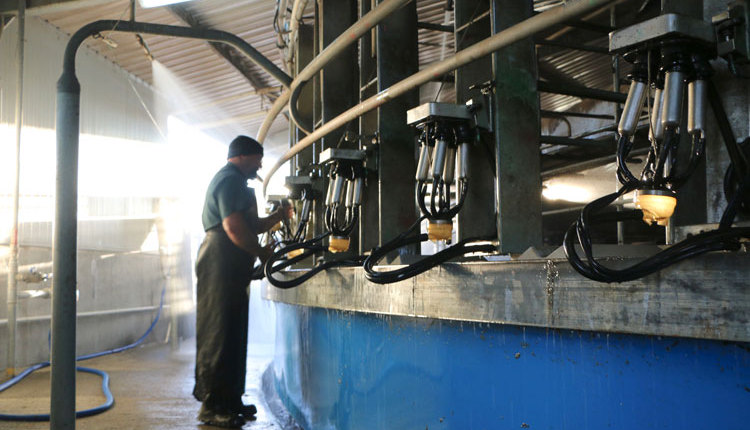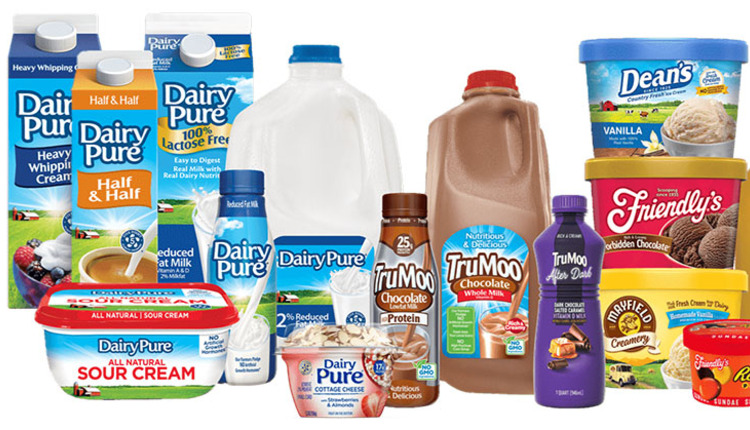
The long-awaited Food and Drug Administration (FDA) milk residue study found that more than 99 percent of the samples tested were free of antibiotic residues. The in-depth investigation looked at 31 drugs that are not tested for routinely under the Pasteurized Milk Ordinance (PMO) standards for Grade A milk. This makes these results even more profound. While this study was not initiated to evaluate the overall safety of the U.S. milk supply, the extremely small number of positive samples (0.78 percent) should give everyone, from dairy farmer to consumer, confidence in the milk supply and dairy products.
"This report proves that America's dairy farmers are delivering on our commitment to provide safe and wholesome milk to consumers, while working closely with state and federal regulators to continually improve the safety of our products," said NMPF President and CEO Jim Mulhern. "Dairy farmers have a strong track record of compliance with state and federal milk safety regulations, and we support education and enforcement efforts to further strengthen that record."
FDA originally began its testing plan in January of 2012. In conducting the study, FDA collected milk samples from two groups of dairy farmers: those on the Food Safety Inspection Service's (FSIS) Residue Violator List and an equal number of randomly sampled dairy farms throughout the U.S. To land on FDA's FSIS list, herds had shipped a cull cow that tested positive for antibiotic residues. In conducting the study, FDA was investigating whether repeat cull cow violations may correlate to potential milk residue violations.
As stated earlier, the 31 drugs studied by the FDA were on top of the already existing tests on milk. Currently, milk-testing standards in the Pasteurized Milk Ordinance (PMO) require that every truckload of raw milk must be tested for the presence of at least four of six specific Beta-lactam drugs. Those drugs include penicillin, ampicillin, amoxicillin, cloxacillin, cephapirin and ceftiofur. If positive test results are found, mandatory testing of all raw milk samples then take place for all farms contributing to the tanker load.
In carrying out the study, FDA analyzed 953 samples from targeted farms and 959 control samples of milk from farms that were not on the targeted list. When the final results were tallied, the milk residue sampling study revealed a very small number of samples containing drug residues - 15 out of the 1,912 tested or 0.78 percent. Overall, 11 of the 953 farms - 1.15 percent - that had shipped a cull cow positive for antibiotic residues had milk that tested positive in this study. Meanwhile, four of the 959 samples, or 0.42 percent, of milk tested positive among the randomly sampled dairy farms. The difference between these two groups was not statistically significant.
As for specific drugs found in the positive samples, florfenicol was the only antibiotic found in both groups of dairy farms. Ciprofloxacin, gentamicin, sulfamethazine, tilmicosin and tulathromycin were additional drugs found among dairy operations that shipped a cull cow that tested positive for antibiotic residues. None of these drugs are approved by FDA for use in lactating dairy cows. Incidentally, all six drugs found in this study also were reported by Food Safety and Inspection Service's earlier tissue study for cull dairy cows.
As for the FDA's takeaways from the study:
- The FDA plans to work with the industry on stepped-up educational activities on the best practices to avoid drug residues in both tissues and milk.
- Look into testing a more diverse set of drug classes in milk.
- Consider collecting milk samples along with tissue samples in culled dairy cattle.
According to Mulhern, the findings "are a positive affirmation of our milk safety in the U.S., although we still need continued education and outreach among farmers, veterinarians, and pharmaceutical companies, and a need for continued outreach on how to prevent trace levels of residues in the future. This is a shared responsibility among all of us who are committed to continuing to provide people with a safe, healthy product.
"We want to continuously improve the demonstrably-effective processes already in place to keep antibiotics out of milk. These results are great, but we still are aiming for zero positives in the future."
To download the complete report from the FDA study, which started in January 2012 and was released on March 5, 2015, click on the link.
To read an earlier progress report on this study, read our November 25, 2013, Hoard's Dairyman Intel "FDA antibiotic study remains stealth."









